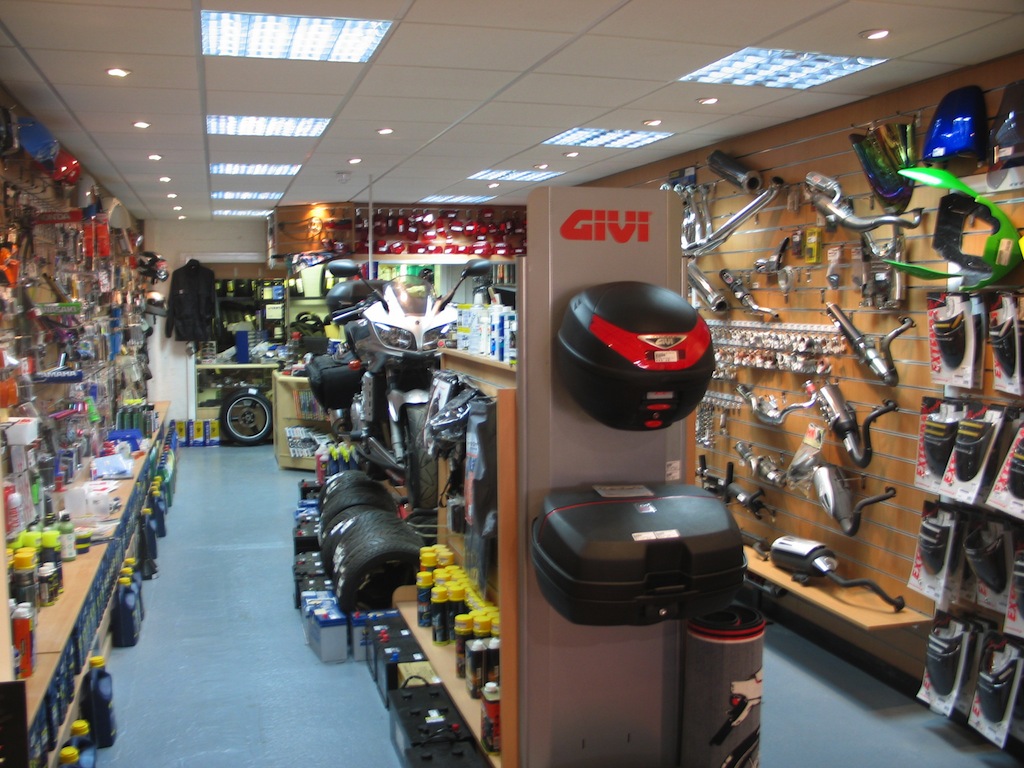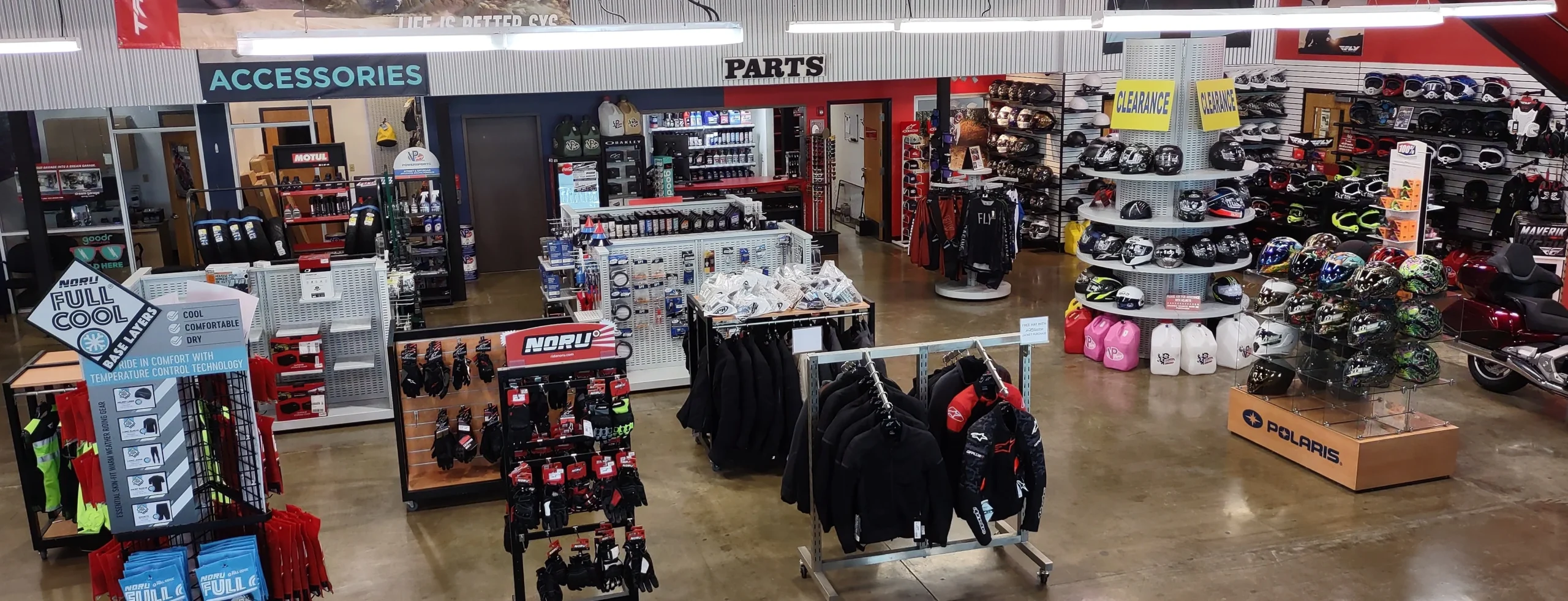An In-depth Take A Look At Motorbike Parts: What Every Rider Ought To Know
An extensive understanding of motorbike components is not just useful however crucial for any kind of biker aiming to maximize efficiency and security. Each part, from the engine's complex workings to the integrity of brake systems, plays a critical function in the general experience and functionality of the bike. Nevertheless, beyond feeling in one's bones what these components do, it is crucial to value just how they sustain and interact one another. This interconnectedness can make the distinction in between a smooth experience and unexpected complications. What intricacies lie within this mechanical symphony that every rider should understand?
Understanding the Engine
The engine, frequently considered the heart of a bike, is a complicated assembly of components that operate in harmony to convert fuel into movement. At its core, the engine's primary feature involves the combustion process, where air and fuel mix and ignite within the cyndrical tubes, leading to regulated surges that drive the pistons. These pistons go up and down, transforming chemical power into power, which consequently transforms the crankshaft, ultimately powering the bike.

Comprehending the complexities of a motorbike engine is critical for cyclists and fanatics alike. It not only provides insight right into how motorcycles attain their impressive power and speed yet additionally aids in reliable maintenance and troubleshooting, guaranteeing durability and integrity when traveling.
Suspension Systems
While the engine powers the motorbike, the suspension system plays a vital function in guaranteeing a smooth and controlled ride. The shock absorber is accountable for taking in shocks from the roadway surface, keeping tire call, and giving stability throughout cornering and stopping. It comprises two primary parts: the front forks and the rear shock absorbers.
Front forks are normally telescopic, wetting and consisting of a springtime device. The springtime compresses and prolongs to absorb bumps, while the moistening system regulates the motion to avoid extreme bouncing. This mix guarantees the front wheel continues to be touching the roadway, supplying premium handling and comfort.
The back suspension, usually a monoshock or twin-shock configuration, works in a similar way to the front suspension yet is tailored to sustain the motorcycle's weight and biker - mx gear nz. It manages back wheel movement, adding to the bike's general equilibrium and responsiveness
Shock absorber can be flexible, enabling motorcyclists to tweak preload, compression, and rebound setups according to personal preferences and riding conditions. This adjustability boosts efficiency by maximizing the bike's communication with diverse terrains. In summary, an efficient suspension system is critical for biker convenience, security, and the motorbike's managing expertise.
Brake Components
Stopping power is a fundamental aspect of motorcycle security, and it hinges on the performance of the brake parts. The key elements of a bike's stopping system consist of the brake pads, calipers, blades, and master cyndrical tube. motorbike shop. Each of these components plays a vital duty in guaranteeing efficient stopping efficiency
Brake pads are necessary as they create the essential friction against the rotors to slow down or stop the motorbike. Constructed from products such as sintered metal or natural composites, the option of brake pad material dramatically impacts performance and durability. Calipers, real estate the brake pads, use pressure to the pads when the brake bar is engaged, helping with contact with the blades.
The rotors, typically made from stainless-steel or actors iron, are mounted to the wheels and function as the surface versus which the brake pads press. Their layout, including size and thickness, affects heat dissipation and quiting power. The master cylinder, check here connected to the brake bar, generates hydraulic stress transferred with brake lines to the calipers, making sure constant stopping force.
Routine maintenance and inspection of these components are important for optimum efficiency, preventing wear and ensuring biker safety and security when Resources driving.
Tire Fundamentals
Beyond keeping robust stopping systems, making sure ideal tire performance is just as considerable for motorcycle safety and efficiency. Tires are the single call point in between the road and the motorbike, making their condition pivotal in dealing with, security, and general adventure high quality. Selecting the appropriate tire type is crucial, as it directly affects grip and efficiency. Alternatives vary from touring to sporting activity tires, each designed to suit certain riding conditions and designs.

Examine the sidewall for the DOT (Department of Transportation) code to establish the tire's age. Spending focus in these tire essentials not only optimizes performance however likewise substantially boosts riding safety and security.
Electrical Systems
In the realm of motorbike upkeep, the electric system plays a critical role in guaranteeing trustworthy efficiency and cyclist safety and security. This intricate network incorporates important components such as the battery, alternator, starter motor, and wiring harness. Each element is nd hand motorbike shop near me essential for the seamless operation of the motorcycle, from ignition to lighting and interaction with numerous sensors.
The battery functions as the heart of the electric system, supplying the needed power to start the engine and operate devices. Frequently inspecting the battery's voltage and terminals for corrosion is essential to stop unexpected failings. The generator, on the other hand, recharges the battery while the engine is running, ensuring a continuous power supply.
The starter electric motor is in charge of starting engine operation, converting electric energy right into mechanical energy. To keep it, motorcyclists ought to take note of any kind of uncommon noises or difficulties throughout startup. On the other hand, the wiring harness functions as the automobile's nerves, attaching all electric elements. Making sure that the wires are free and undamaged from damage is essential for protecting against short circuits and ensuring functionality.
Conclusion

Quiting power is a basic element of motorbike safety, and it pivots on the effectiveness of the brake elements. The primary aspects of a motorbike's braking system consist of the brake pads, calipers, blades, and master cylinder.Brake pads are essential as they develop the required friction versus the rotors to reduce down or quit the bike.Beyond maintaining robust braking systems, making sure optimum tire efficiency is equally significant for motorcycle safety and security and effectiveness.In the realm of motorbike maintenance, the electric system plays a vital role in making certain trusted performance and cyclist security.
Comments on “Explore the Latest Motocross Gear NZ for Every Level of Rider”